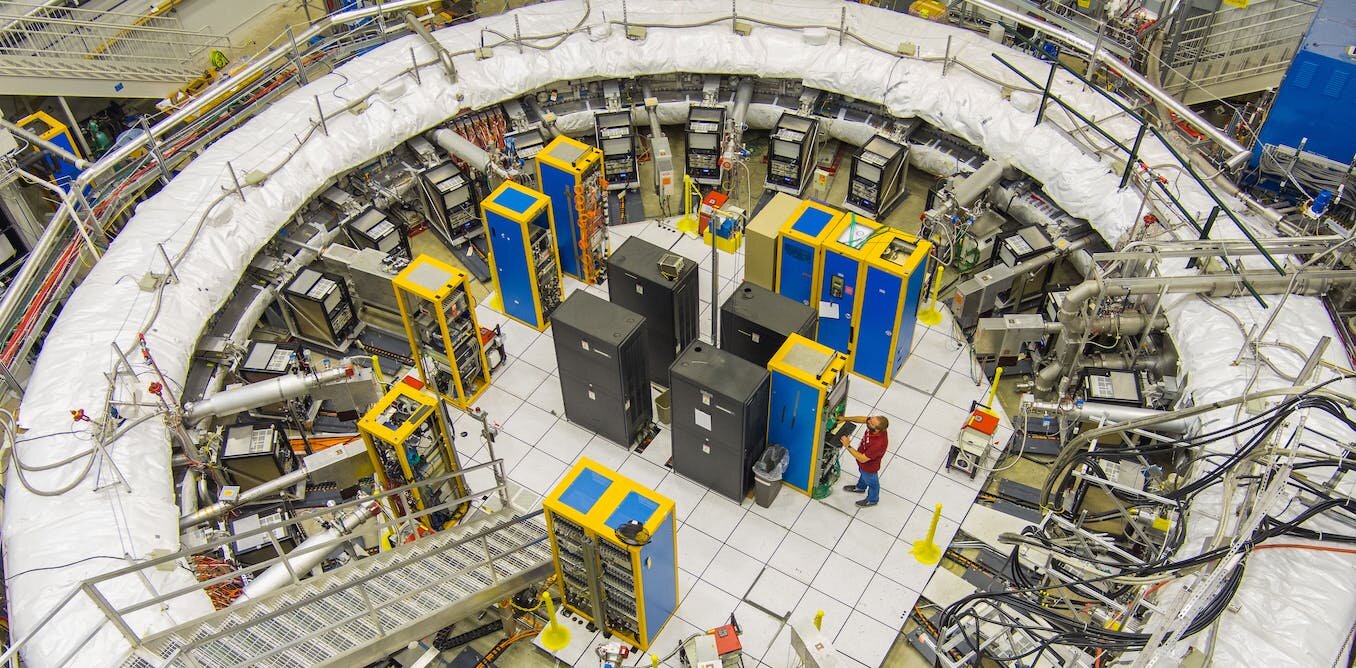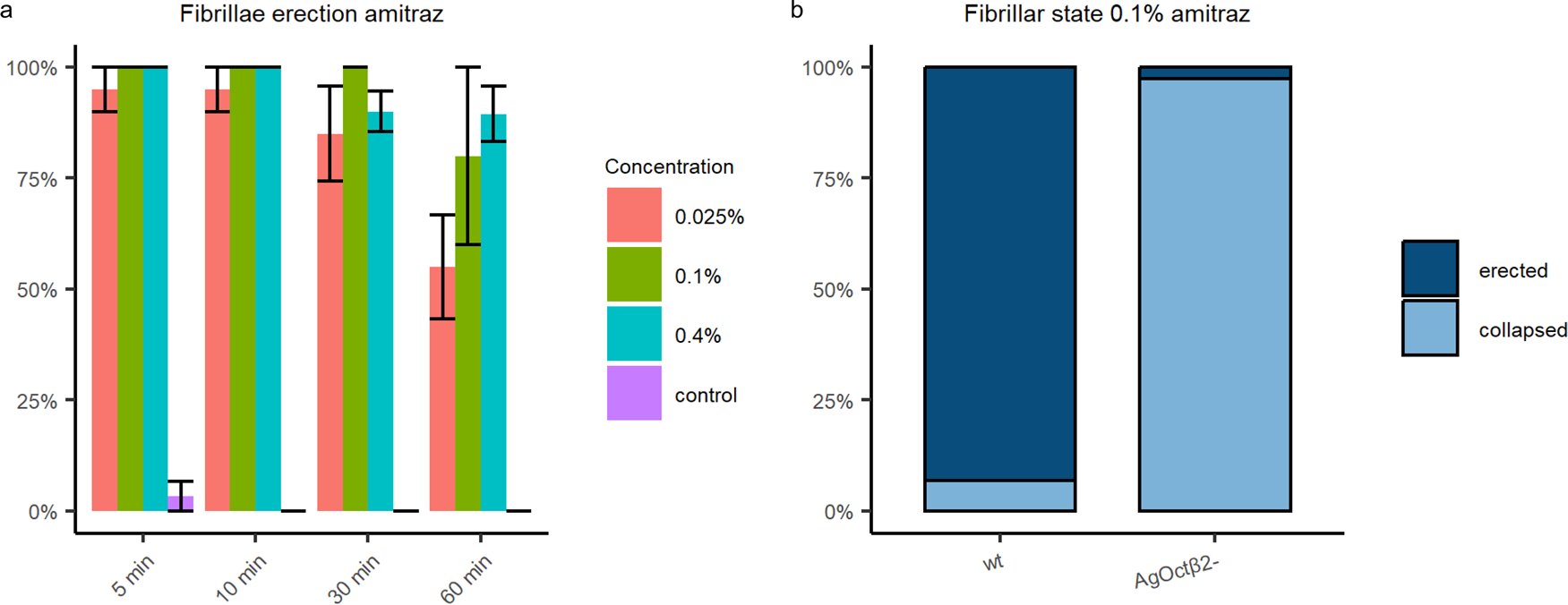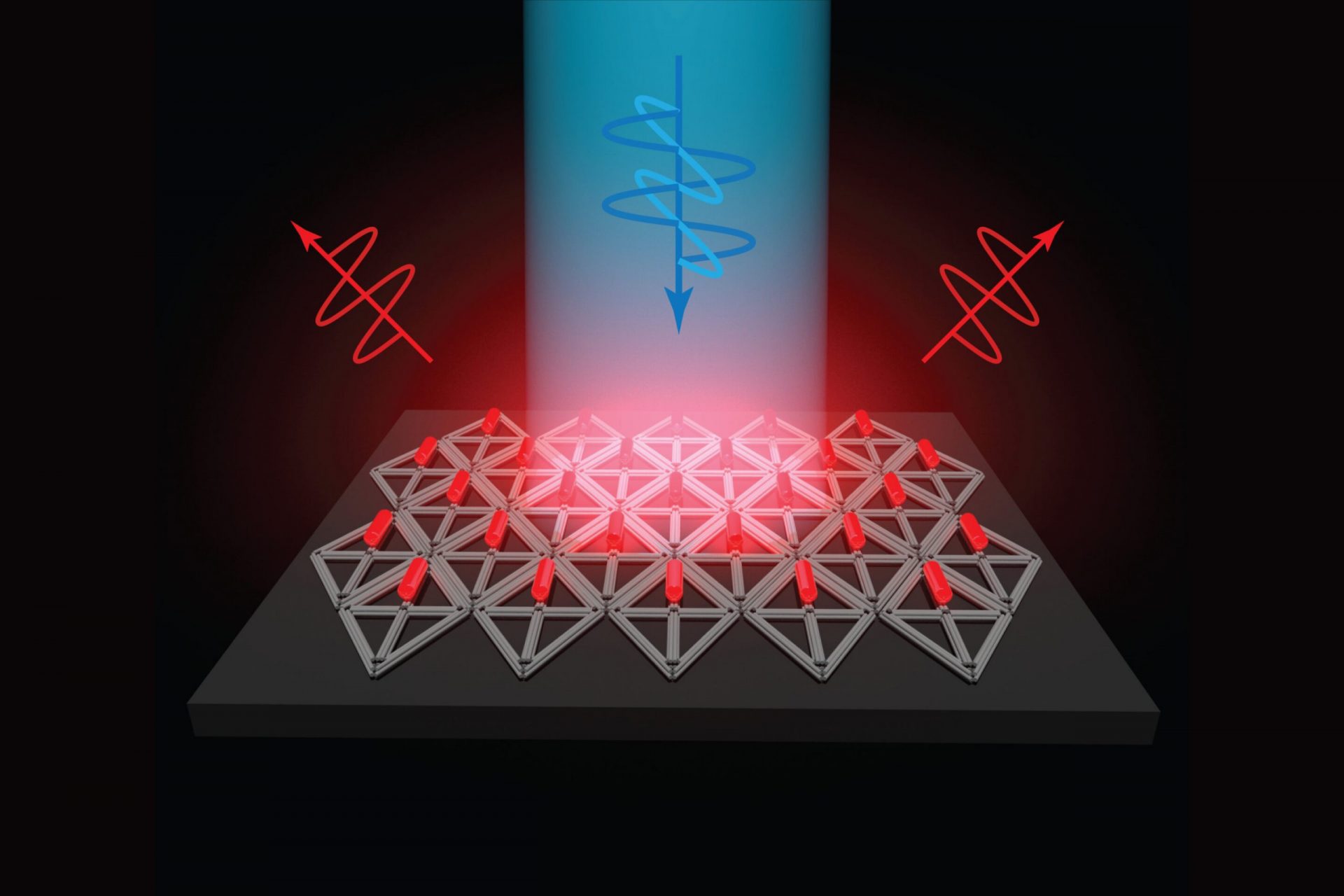Get ready for a scientific revolution! The standard model of particle physics, created over 50 years ago, has been incredibly successful in predicting new particles and forces. But it’s not the complete “theory of everything” that physicists have been searching for. It doesn’t account for gravity, dark matter, or dark energy. That’s why particle physicists are on a treasure hunt, looking for any deviations that could lead to new physics.
But now, a team of physicists at the Muon g-2 experiment in the US has made a groundbreaking measurement that could challenge the standard model. Our results, which have been submitted to Physical Review Letters, support previous findings from 2021 and shed light on a major puzzle in theoretical physics. This could mean the discovery of new particles or forces that influence our measurements.
At the heart of the standard model is the muon, a particle similar to an electron but much heavier. Muons have played a crucial role in revolutionizing particle physics. In our experiment, we study how muons interact with a powerful magnetic field, causing them to wobble like spinning tops. By counting the number of electrons produced when muons decay, we can determine the rate of their wobble.
Our experiment, conducted at Fermilab, involves billions of muons stored in a massive circular magnet. We’ve collected data from 2019 and 2020, examining four times as many muons as before. This has allowed us to make the most precise measurement of the muon’s wobble ever recorded.
Improving Accuracy
Counting muons is just the beginning. To achieve such precision, we had to overcome numerous challenges. Temperature fluctuations can affect the magnetic field, so we installed a thermal coat and a cooling system to control them. We also upgraded our high-voltage systems to keep the muons on track.
But the real challenge lies in comparing our results with the standard model predictions. Theoretical physicists have been working on new calculations, and there’s even controversy within the theory community. We’re eagerly awaiting our final experimental result in 2025, but until the theory controversy is resolved, there will be doubts about the interpretation of our findings.
There are two possible outcomes: either the theory and experiment will fail to agree, indicating the presence of new particles or forces, or the updated predictions will bridge the gap, providing a major boost for the standard model. Either way, our ultra-precise measurement sets the stage for a final showdown.








